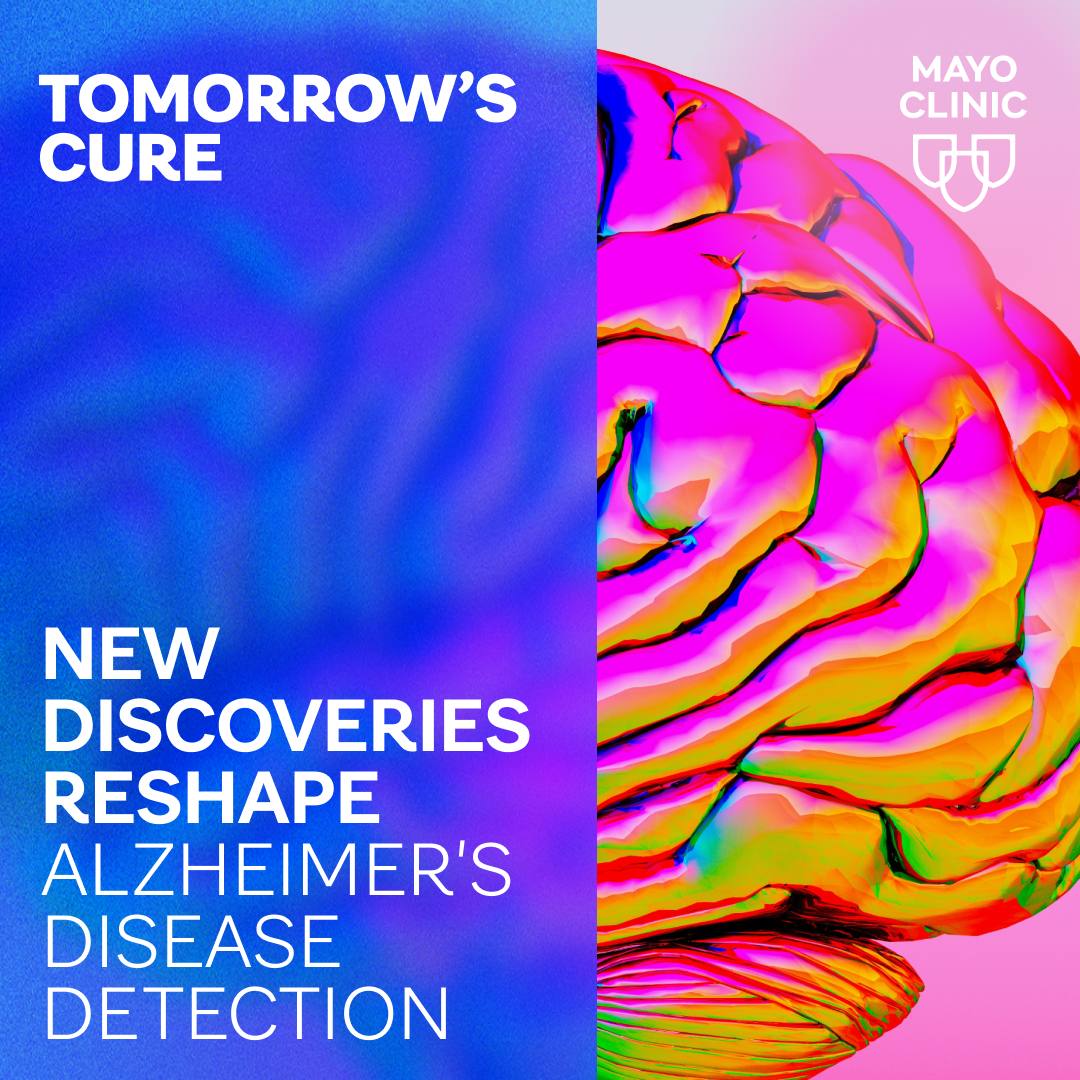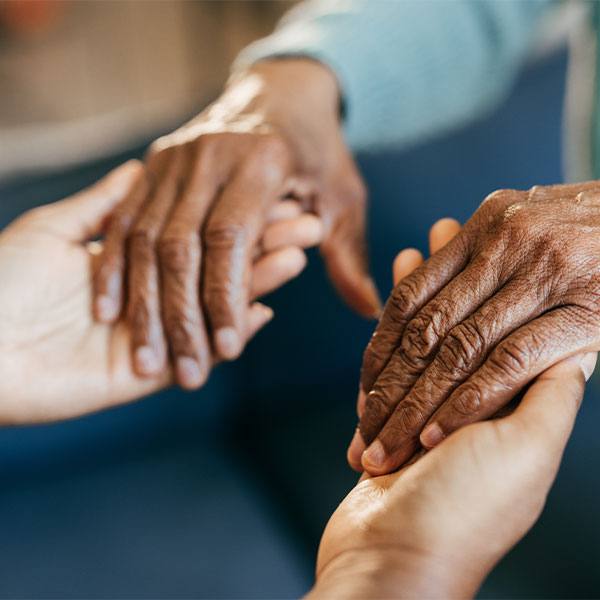Migraine is a genetic neurologic disease, but a number of other factors can contribute, as well. Changes in sleep patterns and hormone levels, and even changes in the weather, can trigger migraines. Sometimes all it takes is eating a certain food.
Dr. Amaal Starling, a Mayo Clinic neurologist, often encourages people not to focus on the triggers too much and instead think about migraine disease as a threshold disease. Treatments, such as medications, devices or procedures, can be initiated to raise that threshold. But people also can take steps to accomplish that goal ― steps Dr. Starling calls the "SEEDS" for success in migraine management.
Watch: "SEEDS" for success in migraine management
Journalists: Broadcast-quality video (1:58) is in the downloads at the end of this post. Please courtesy: "Mayo Clinic News Network." Read the script.
People who suffer from migraine can raise their threshold for migraine attacks, even without a prescription medication or device.
"I call it the SEEDS for success in migraine management," says Dr. Starling.
SEEDS stands for:
- S ― Sleep.
- E ― Exercise.
- E ― Eat healthy.
- D ― Dehydration.
S ― Stress management.
The "S" stands for sleep. Dr. Starling says try to avoid changes in your sleep pattern, even on the weekends.
"Some of my patients will say, 'I get migraine attacks on the weekends when I'm not at work.' And then I'll ask them, 'Well, usually what time do you wake up? What time do you go to sleep?' And that's markedly different than the weekend, and that can trigger a migraine attack. So consistency in that sleep pattern is really important."
The first "E" is for exercise. Having some scheduled exercise can be very important and can raise that threshold for migraine.
"Based on studies, about 20 minutes three times a week of aerobic exercise actually works just as well as some of our prescription medications," says Dr. Starling.
The second "E" is for eating healthy whole foods without skipping meals.
"Avoiding those processed foods, and avoiding those peaks and valleys in your blood sugar. Also, avoid skipping meals. These can all be tools that you can use to raise that threshold."
"D" ― for dehydration ― is about making sure you stay well-hydrated.
"This is really important, especially during the winter months. People, during the winter months, since it's colder, don't feel as much thirst, and they actually get more dehydrated than during the summer."
"S" is all about stress management ― not stress reduction.
"We've all got stress in life. Really, it's about how we manage it, how we cope with stress."
This can be done by practicing mindfulness and meditation.
Dr. Starling says using SEEDS may help raise your threshold for migraine so that things out of your control, like the weather, may not be as strong of a trigger for a migraine attack.
"It's really empowering for people to hear about the things that they can control versus the things that you can't control as much."
Related posts:
____________________________________________
For the safety of its patients, staff and visitors, Mayo Clinic has strict masking policies in place. Anyone shown without a mask was either recorded prior to COVID-19 or recorded in a nonpatient care area where social distancing and other safety protocols were followed.







